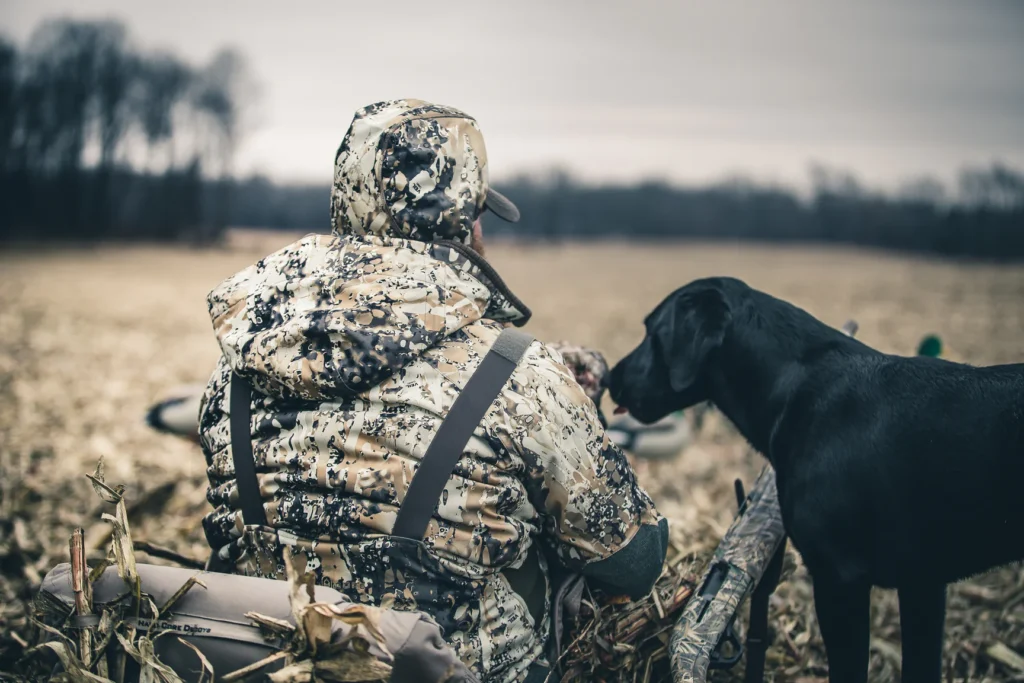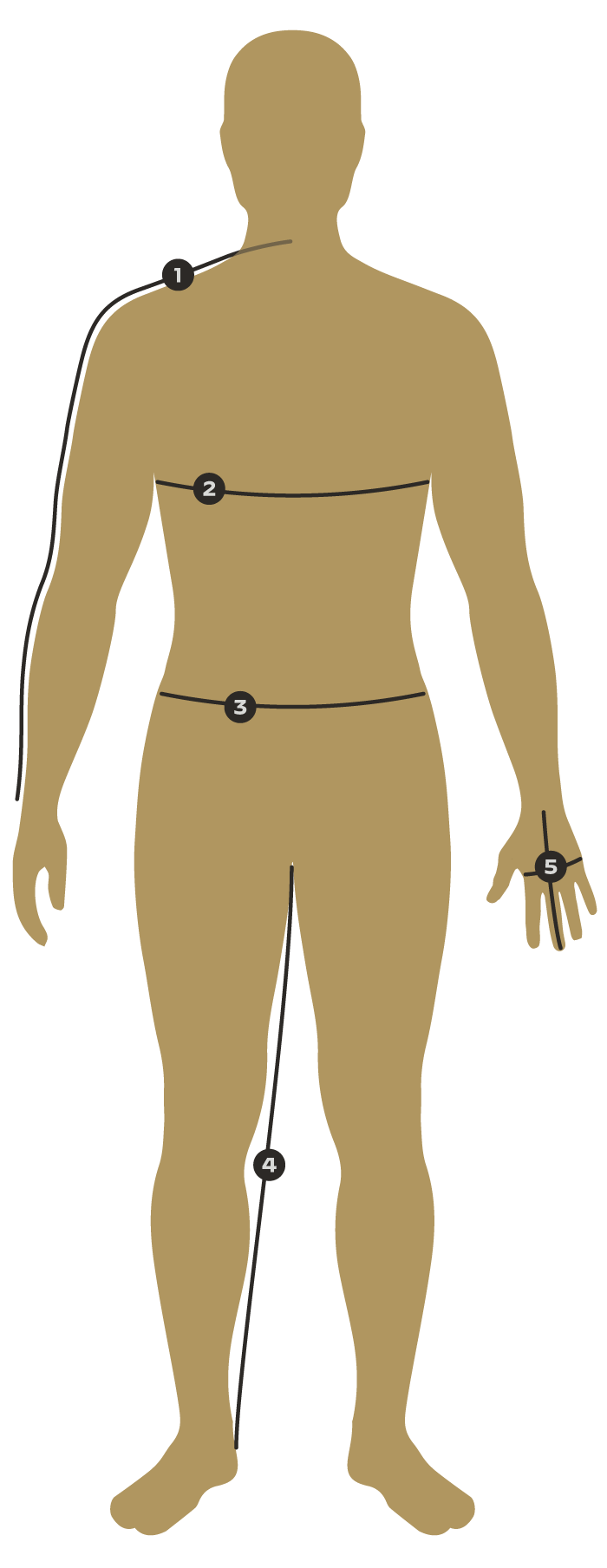My how times have changed in the world of waterfowl hunting apparel. There’s nothing that will end a hunt faster than becoming unbearably cold. This fact will hold true to many people reading this article, and as the memories start rushing back, the cold of “that day” or “that one time” will be felt again, I’m sure. Whether it was hand-me-downs, which generally didn’t even fit correctly, or a new garment purchased one size larger (to accommodate for anticipated growth), the technology and materials available, even in the last 10-15 years, has advanced dramatically.
One thing that has remained consistent is layering up. The idea of piling on the clothes, regardless of apparel makeup and design, seems to be the obvious choice for creating warmth. However, it goes a little further than that. Simply piling flannel shirts over the top of cotton “long johns” may temporarily cut the chill, but can quickly become more of a burden than a blessing. A bulky uncomfortable fit and feel can unfavorably impact your ability for movement. For example – shouldering your gun to shoot or simply walking through the decoys.
Proper layering consists of two main objectives – the right garments, and knowing when to use them. For example – setting decoys and brushing blinds are very labor-intensive actions. While doing these activities you are going to work up a sweat, and your core or “next to skin” clothing will inevitably soak up the perspiration. This is where technology kicks in. Having a good base layer in place will “wick away” that moisture and keep you dry. Hard Core’s Power-M and Power-F base layer systems are great examples of this. Paired with a solid performance hoodie and you should be good to go.
We’ve discussed base layers and how they play a role during those high-activity periods, but at some point you’re going to hunker down and wait on that first flight. This is where proper layering becomes the defining element to the amount of time spent in the field or marsh. While the ability to withstand the cold varies among hunters, a cutting north wind and extreme temperatures isn’t very favorable to anyone. As you settle in, and the activity stops, you become much more susceptible to the current weather conditions. Having a second layer, such as the Hammer Hi-Bird Vest or Jacket close at hand will not only cut the chill but with 100 grams of Primaloft® insulation, will also act as an insulator and keep your body temperature regulated.
The decisions around purchasing waterfowl hunting apparel today shouldn’t only be about warmth. The type of insulation, the ability to stretch, the finish applied to the fabrics, are all just as important features that have only existed in more recent years. Primaloft® insulation not only provides warmth but is also waterproof and limits the bulk of a garment. Four-way stretch fabric will flex to increase comfort and mobility. A DWR finish will provide water resistance and breathable performance.
The advancements made in waterfowl hunting apparel benefit everyone. From the memories made in the field to the first experience of a new hunter, withstanding the elements equals more time spent hunting – period.

